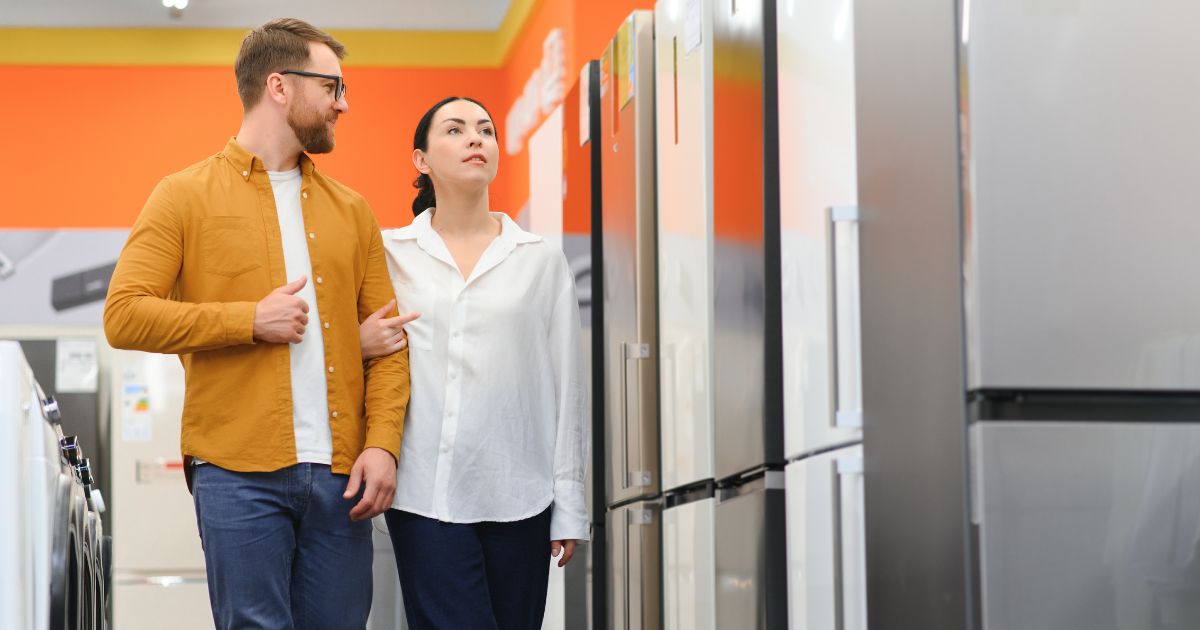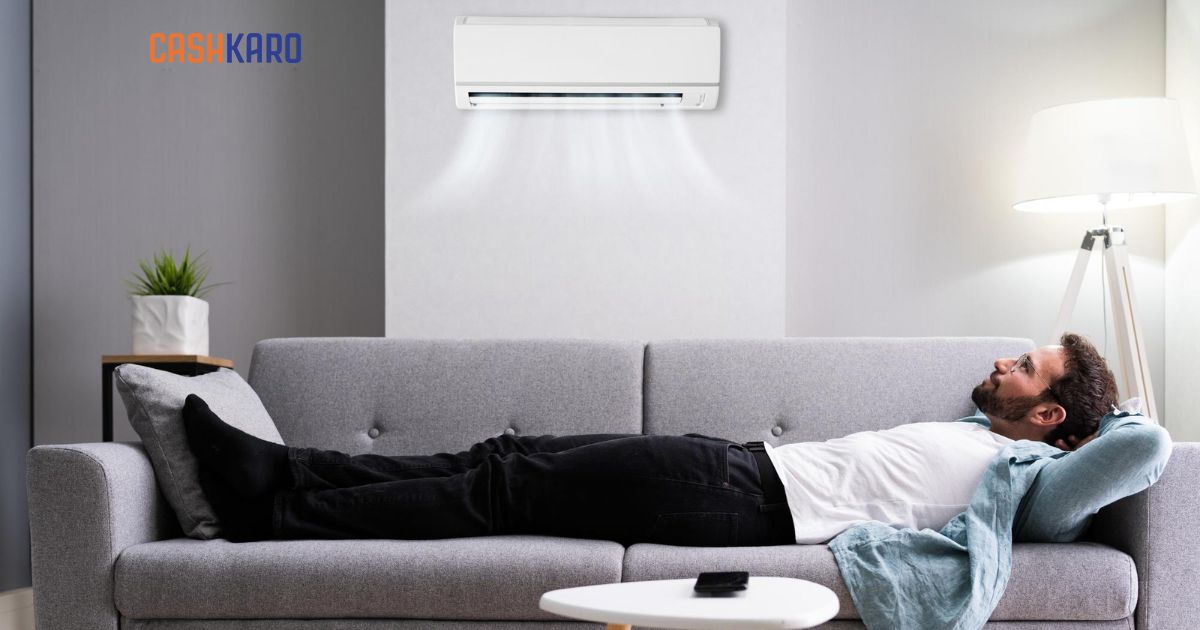Choosing the right washing machine can be intimidating. In this blog, I’ll explain the differences between automatic vs semi-automatic washing machines, helping you make an informed decision based on your budget, water availability, space, and convenience needs. Let’s explore which option best suits your lifestyle!
Fully Automatic Washing Machine

What are Fully Automatic Washing Machines?
Fully Automatic washing machines, also known as “fully integrated” washers, take care of everything for you. They handle washing, rinsing, and spinning without any manual intervention. With multiple programs and washing modes, you can easily choose the one you need with the push of a button. Once you select a program, the machine automatically completes all cycles, including spin-drying.
There are two types of fully automatic washing machines: Top Load and Front Load Washing Machines
| Feature | Top Load Washing Machines | Front Load Washing Machines |
| Design | The washtub sits vertically | The washtub sits horizontally |
| Loading Method | Load clothes through a door on the top | Load clothes through a door on the front |
Here are some key features of Fully Automatic washing machines:
- Automatic Load Detection: Senses laundry weight and type to adjust water and cycle.
- Multiple Wash Programs: Customised cycles for different fabrics and needs.
- Inverter Technology: Energy-efficient motor with reduced noise.
- High Spin Speeds: Effective water removal, reducing drying time.
- Advanced Drum Technology: Gentle care for clothes, enhancing performance.
- Smart Features: Wi-Fi connectivity and smart diagnostics.
- Auto Detergent Dispenser: Measures and dispenses detergent automatically.
- Temperature Control: Adjustable water temperature for different stains.
- Fuzzy Logic: Intelligent adjustment of washing parameters.
- Time Delay: Allows scheduling of wash cycles.
- Built-In Heater: Heats water for better cleaning of soiled clothes.
- Self-Cleaning Drum: Keeps drum clean and hygienic.
Pros and Cons of Fully Automatic Washing Machines

Who Should Buy Fully Automatic Washing Machines?
Fully automatic washing machines are perfect if you want to save money, energy, and water. They’re more compact than semi-automatic machines, which have separate tubs for washing and drying and take up more space.
Here are a few things to consider:
- Energy Use: Fully automatic machines might use a bit more power.
- Noise: They can be noisier than semi-automatic machines.
- Controls: They often have more complex features, so there’s a bit of a learning curve.
Have a look at these best fully automatic washing machines:
Whirlpool 7 Kg Fully Automatic Top Load Washing Machine
LG 7 Kg Fully Automatic Front Load Washing Machine
Godrej 6.5 Kg Fully Automatic Top Load Washing Machine
Semi Automatic Washing Machines

What are Semi-Automatic Washing Machines?
Semi-automatic washing machines are a great blend of convenience and control, making them perfect for many households. They come with two separate tubs—one for washing and one for drying—so you’ll need to move your clothes from one tub to the other after washing. They’re usually more affordable than fully automatic machines, making them a great entry-level option.
Here are some key features of semi-automatic washing machines:
- Two Tubs: One for washing and another for drying.
- Manual Control: You can control the water flow into the machine manually.
- Filling Hose: Comes with a flexible hose that fits over standard faucets.
- No Continuous Water Connection Needed: You don’t need a constant water supply.
- Water Efficient: Uses less water compared to fully automatic machines.
- Quick Washing Cycle: The washing cycle is shorter.
- Portable: Easy to move from one place to another.
Pros and Cons Semi Automatic Washing Machines

Who Should Buy Semi-Automatic Washing Machines?
Semi-automatic washing machines are perfect if you’re on a budget, have limited laundry space, or want to save water. They’re usually smaller and cheaper than fully automatic models, and they use less water per cycle. Plus, you can step in and manually control the washing process, which can be really handy.
These machines are a great choice for:
- Budget-Conscious Shoppers: More affordable than fully automatic models.
- Small Spaces: Compact design fits into limited laundry areas.
- Water Savers: Uses less water, making them eco-friendly.
- Hands-On Users: Allows for manual control during washing, giving you flexibility.
Here are some of the top semi-automatic washing machines to check out:
LG 7 Kg Semi-Automatic Washing Machine
Whirlpool 7 Kg Semi-Automatic Washing Machine
Samsung 7 Kg Semi-Automatic Washing Machine
Comparison Between Fully Automatic Vs Semi-Automatic Washing Machine
| Aspect | Fully Automatic | Semi-Automatic |
| Design | Single tub, more compact | Two separate tubs, requires more space |
| Programs & Modes | Multiple wash programs, advanced features | Basic wash functions, manual control |
| Water Connection | Requires continuous water supply | No continuous water connection needed |
| Water Consumption | Higher water use | More water-efficient |
| Energy Efficiency | Inverter technology, reduced noise | Generally energy-efficient |
| Spin Speeds | Higher spin speeds | Lower spin speeds |
| Convenience | Highly convenient, automated cycles | Requires manual intervention |
| Cleaning Performance | Superior cleaning, gentle on clothes | May be rough on delicate fabrics |
| Portability | Less portable | Easily movable |
| Cost | Higher initial cost | More affordable |
| Noise Level | Can be noisier | Can be loud depending on the model |
| Cycle Time | Generally longer cycles, quick settings available | Shorter washing cycles |
| Durability | May require more maintenance | Often more durable and robust |
Things to Consider When Choosing Between Automatic Vs Semi-Automatic Washing Machine
Budget
When deciding on a washing machine, it’s essential to think about your budget. Fully automatic washing machines typically have a higher upfront cost compared to semi-automatic ones. So, if you’re working with a tight budget, a semi-automatic machine might be the better choice for you.
Water Availability
If your water supply isn’t always reliable, a semi-automatic machine might be better. It doesn’t need a continuous water connection like fully automatic ones.
Usage
Think about how much laundry you’ll do and what types of clothes you’ll wash. If you have a lot or often wash delicate items, a fully automatic machine might be best. But for lighter loads or occasional use, a semi-automatic machine could work fine.
Space
Consider the space you have for a washing machine at home. Fully automatic machines are compact with a single tub, great for smaller spaces. Semi-automatic machines, with their two tubs, need more room. So, if space is tight, go for a fully automatic machine.
Convenience
Think about how much you want to be involved in the laundry process. Fully automatic machines do everything for you, while semi-automatic ones require some manual effort. It’s all about finding the right balance between convenience and control for your needs!
Conclusion
When it comes to picking between an automatic and semi-automatic washing machine, your decision depends on what aligns best with your lifestyle and preferences. I hope this guide has made it easier to weigh the pros and cons of each type, helping you find the perfect fit for your home. Whether you prioritise convenience, budget, or something else entirely, there’s a washing machine out there that meets your needs perfectly.
FAQs
What is the difference between automatic and semi-automatic washing machines?
Semi-automatic washers have separate tubs for washing and drying, requiring manual transfer. Fully automatic machines do both in one tub with a simple button press.
Which is better, a semi-automatic or a fully automatic washing machine?
Fully automatic washers use more water but offer greater convenience. With semi-automatic ones, you’ll spend more time doing things manually.
How does a semi-automatic washing machine work?
In a semi-automatic washing machine, users manually handle loading, filling, setting timers, and draining water after each cycle, requiring constant involvement throughout the washing process.
Does a semi-automatic washing machine dry clothes?
In some semi-automatic washing machines, there’s a separate tub for drying. After washing, you manually move the clothes to this tub for drying.




